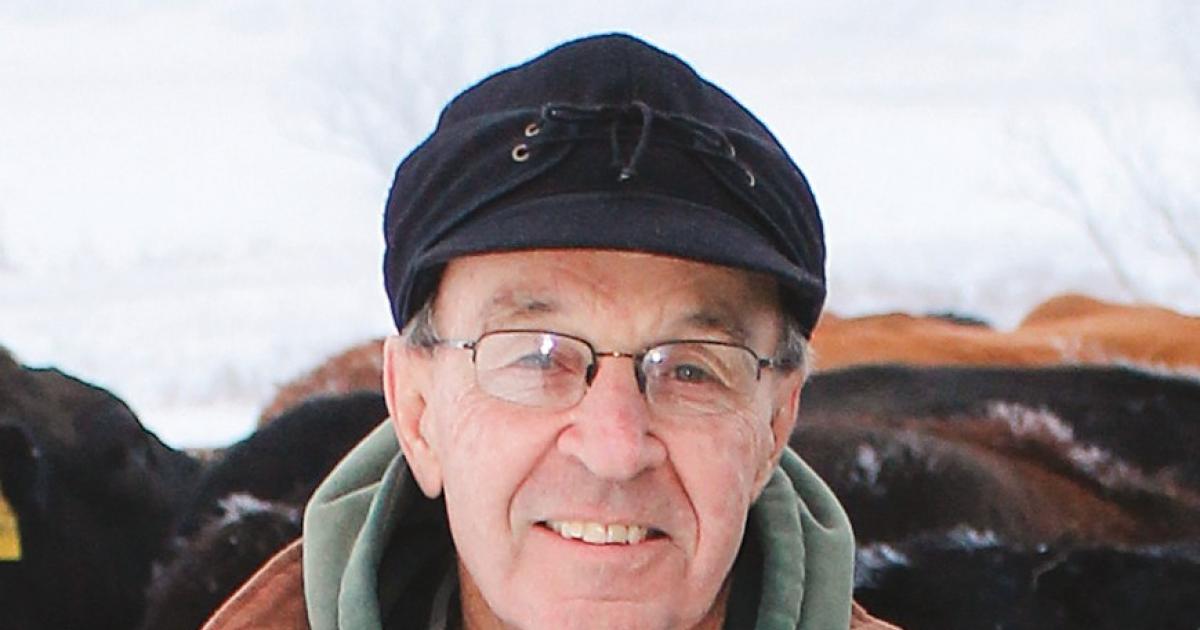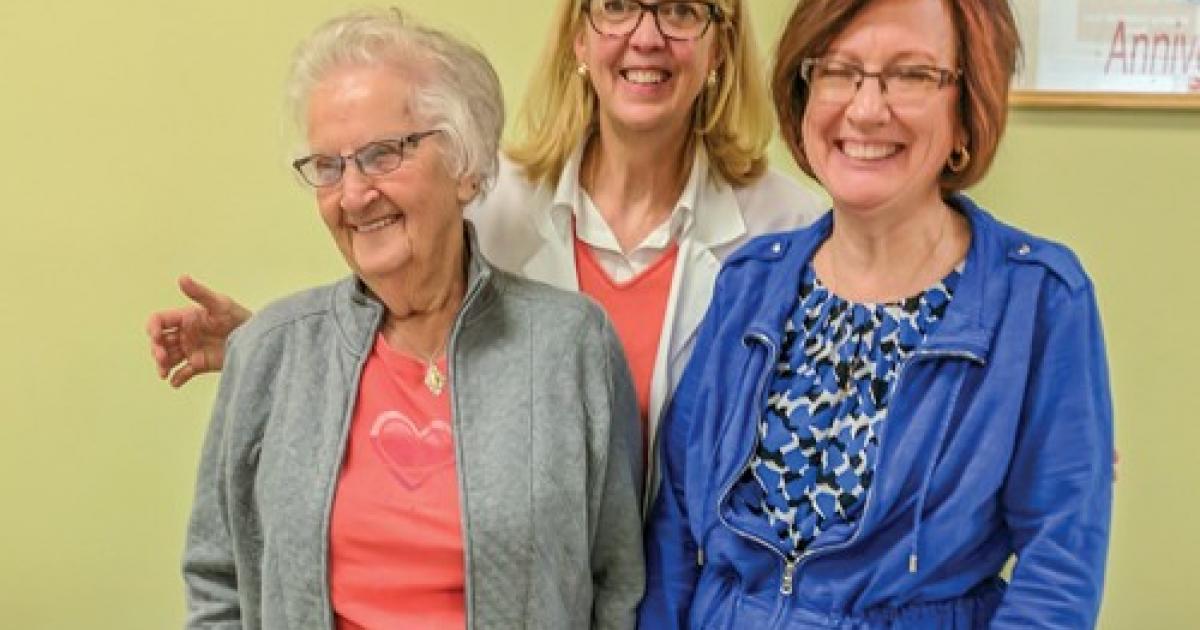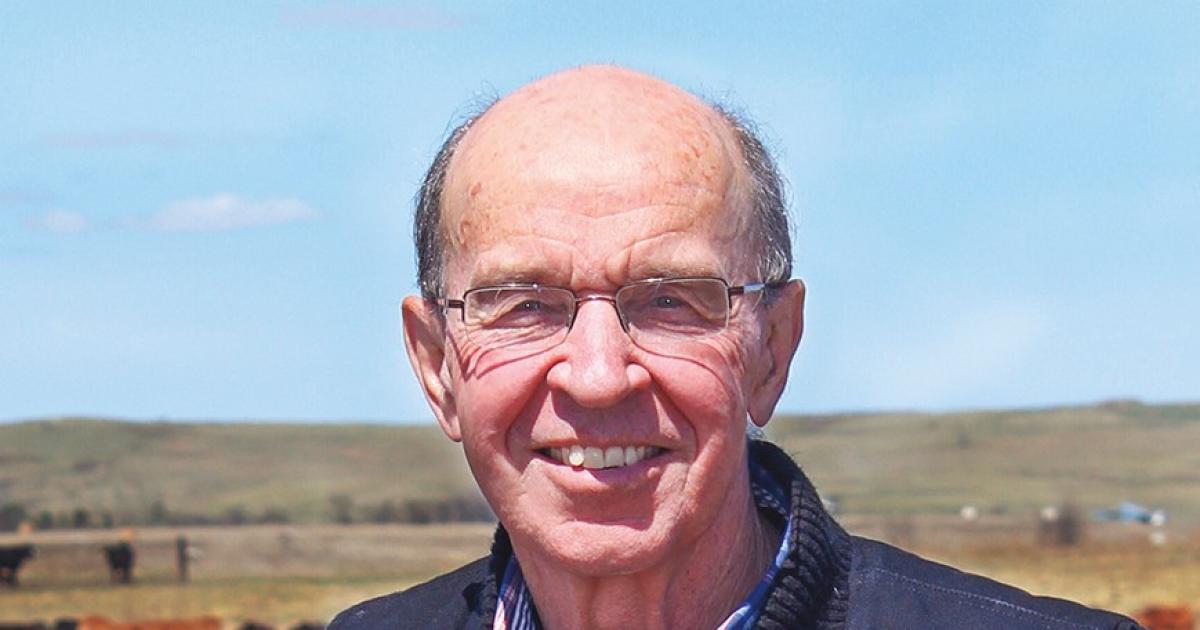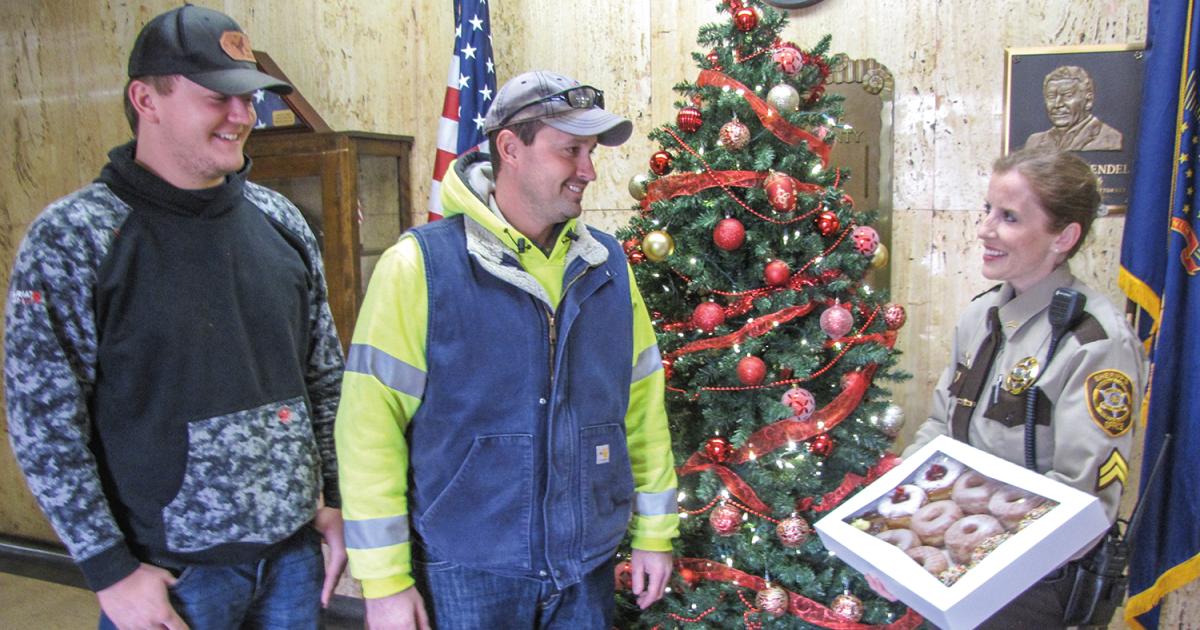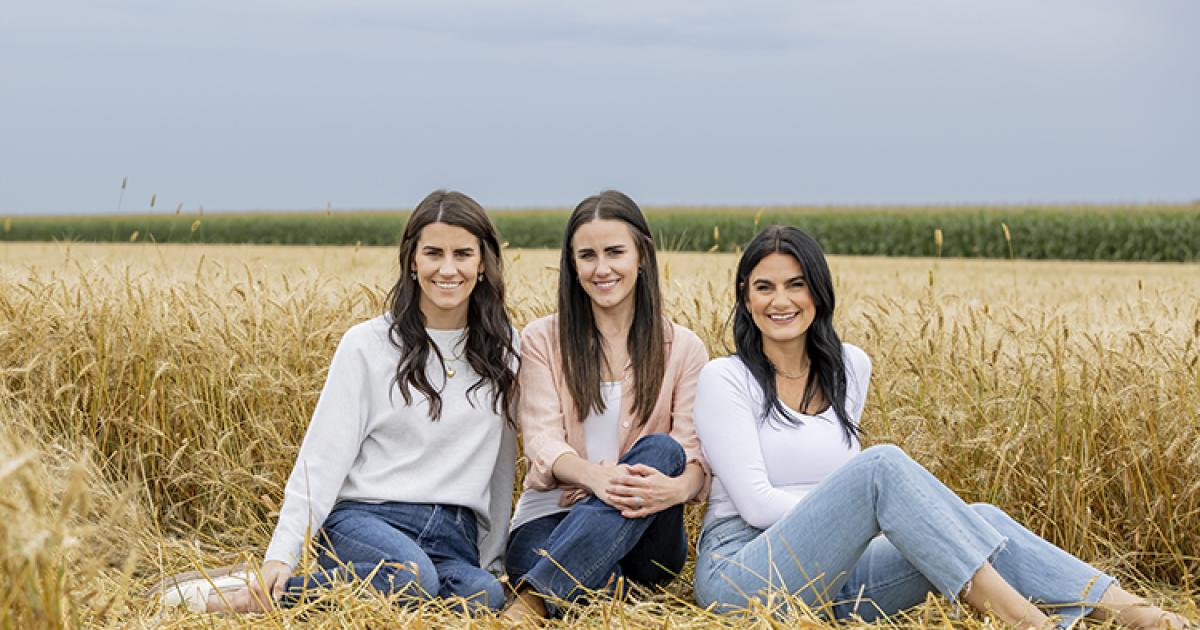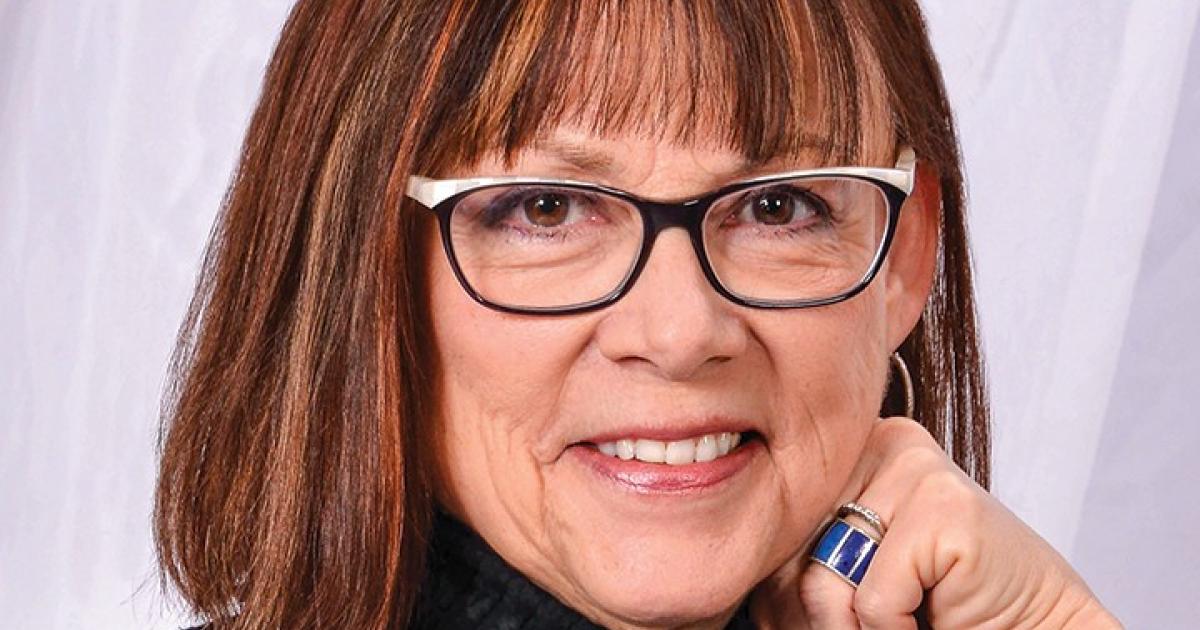The shift from milk cows to beef cows
It was such a dramatic contrast and it told a dramatic story. In mid-January, I spoke at the North Dakota Dairy Convention in Bismarck. It was a small crowd – very small, to be honest – a far cry from the dairy conventions of years ago.
Later that day, I talked to my niece, agricultural reporter Sarah Heinrich, who had attended a feedlot school at the Carrington Research Extension Center that same day. She said it was a full house.
Recent years have found more cattlemen interested in feeding cattle as a way to add value to their cattle and to the crops they raise. In contrast to other states, North Dakota has very few large “finishing” lots. But the state has a lot of what people refer to as “bunk space.” Not as many ranchers sell their calves at weaning, as was once the case. Many “background” their calves – put them on feed for a while before selling them. Then, too, there are the seedstock producers who sell bulls or bred females. These people are all cattle feeders, and the science of feeding cattle continues to evolve.
So, it shouldn’t have been surprising that a meeting to update cattlemen on the latest in feeding would draw a crowd. And it shouldn’t have been a surprise that the dairy convention would be sparsely attended. The number of dairy farms in the state has slipped below 50. It’s just that the two meetings were on the same day and the contrast was so stark.
The number of cows in North Dakota hasn’t changed much over the years. There are some cyclical changes, but the long-term average is around 1 million head. But “the rest of the story” is that 40 years ago, in 1982, there were 978,000 beef cows in the state and 92,000 milk cows. That’s 12 beef cows for every milk cow. Twenty years later, in 2002, the ratio was 25 beef cows for every milk cow. And this year, the ratio is 64-to-1.
What it means is that if it’s not sunny and dry in March and April, many of the beef cows calving will be calving in old dairy barns.
Al Gustin is a retired farm broadcaster, active rancher and a member of Mor-Gran-Sou Electric Cooperative.


